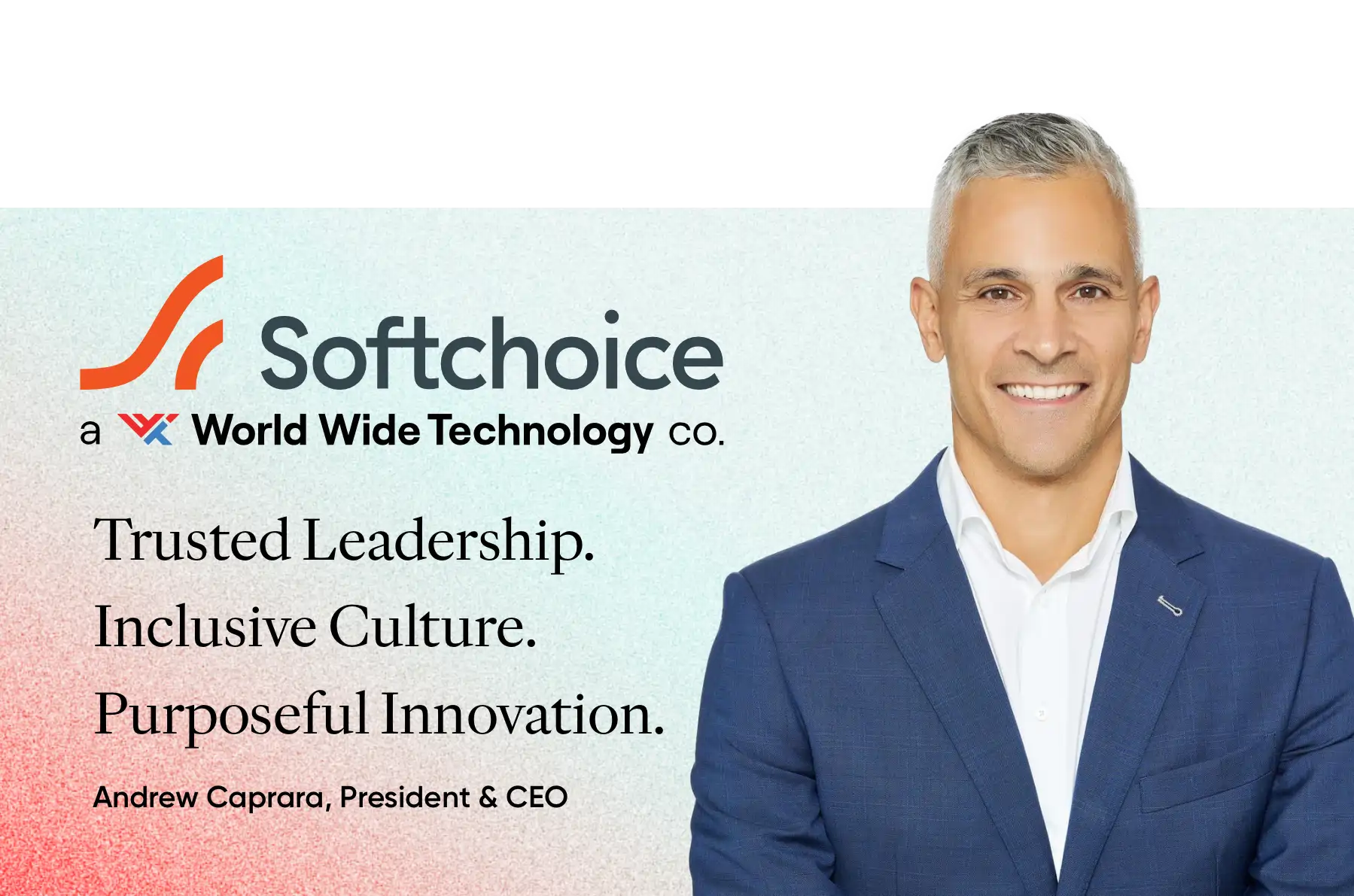
Best Workplaces, Employee Engagement , Diversity, Inclusion, Remote & Hybrid Work Culture
Keeping employees engaged, completely and consistently, is a sizable enough challenge when everyone is in the same place. The recent surge in remote work unleashes added complication. As leaders plan around a flexible future and weigh the long-term impacts of hybrid work on culture and cohesiveness, this is a pivotal point for employee engagement.
Deciding who works from the office and how often is a complex issue, and it will be different for every organization. If not managed effectively, it could threaten culture, collaboration, and innovation. Conversely, a well-executed hybrid workplace can be a magnet that brings people together and helps us work better than ever before.
There really is no playbook or road map for navigating the hybrid employee experience — both because the hybrid model is relatively new and because success will have many looks across different organizations and teams. With that said, here are five steps to support employee engagement in this time of rapid transformation:
1. Double Down on Communication
You want employees to feel confident that the organization is prepared for and out in front of this fundamental shift. In part, that means equipping managers and leaders to demonstrate that they’re paying active attention to ongoing change.
This doesn’t mean organizations need to have everything figured out. In fact, humility and high-quality listening skills are critical. Consider increasing the frequency and depth of one-on-one and team conversations and ensure there’s dialogue, not simply broadcasts of information. Hold open discussions, allow assumptions to be challenged, and share quality research and insights.
It’s a well-known fact that managers play a crucial role in shaping their team members employee experience. To help managers activate employee engagement, organizations should encourage managers to develop greater self-awareness and to view their leadership role as an integral part of their job, not an afterthought to their daily work tasks.
2. Deliberately Boost Employee Engagement
In an on-site office, people can meet instantly and casually without formal planning. But in a remote environment, employees might feel disconnected if left to their own devices. It’s important for organizations to keep employee engagement front and center—as highly engaged teams are more profitable, have less absenteeism and experience lower turnover. In hybrid, the employee experience must be intentional and inclusive of those in-office and those online – and technology is the one connection point that brings all employees together.
Be intentional about setting guidelines for inclusion, collaboration and communication. For example, design team meetings so that both remote and office-based workers can attend and check in regularly for brainstorming or emotional support. Document or record all important conversations, processes and workflows, and give everyone access to them. And don’t forget to recognize and reward your people—whether they’re remote or on-site—for their contributions to successful business outcomes.
3. Connect and Collaborate
The challenges of the pandemic shed light on the importance of human relationships and empathy at work. The worst of times has really challenged us to be at our best and connect, care, and deepen our relationship with others. The pandemic emphasized the importance of the human side of work as pets, children and partners made frequent appearances in our virtual offices. The era of hybrid experimentation will need to build on those lessons.
Frequent future-focused conversations that allow employees to explore how they’d like to grow, the kinds of experiences they’re seeking, and how they can be supported can help encourage open communication, solicit honest feedback, and drive effective collaboration.
4. Invest in Technology
Ensuring a successful hybrid work culture requires investing in the right tools and technologies to support it. Many organizations installed or upgraded the basics—like video chat or instant messaging—during the pandemic. But to adequately prepare for the long-term evolution of the workplace, leaders may need to rethink their entire operating model by implementing solutions that enable employees to thrive, while also moving the needle for their organization.
In our work with Microsoft over the last year we had the ability to experience the impact of connectivity through integrated technology. Last February, Microsoft unveiled the first employee experience platform built for the digital era, Microsoft Viva. Built on the power and success of Teams and the 365 platforms, Viva brings together communications, knowledge, learning, resources and insights into an integrated employee experience – empowering people and teams to be their best, from anywhere. With more than 10 million monthly active users, such technology helps improve wellbeing and employee connection, foster learning and sharing, strengthen company culture, and ultimately helps organizations retain and recruit their best and brightest talent from across the globe. As the battle for talent continues to grow, technology like Viva will play a pivotal role in helping companies stay competitive and continue to evolve for the hybrid era.
Learn more about Microsoft Viva: Employee Experience E-book | Microsoft Viva
5. Ask for Feedback
Leaders cannot simply guess or intuit what will make employees feel most happy and engaged. Only they can tell you this, so make it easy for them. Solicit continuous feedback through employee engagement surveys to gain firsthand insight, and then create a customized plan that tailors initiatives to people’s preferences and needs.
The Bottom Line
At the risk of concluding with an obvious point, hybrid work — whatever form it takes — will mean more people will spend less time sharing a single office space and a classic 9-to-5 schedule. Kitchen counters, coffee shops, and school carpools are now more common as factors that affect productivity and attitudes.
But varied location is really just a new proxy for the vast diversity of human experience that has always deeply affected our ability to be successful at work. Organizations that prioritize communication, collaboration, and connection, while actively cultivating employees’ voice and input in workplace decisions will be best positioned to succeed with hybrid work.
About Great Place to Work®
Great Place to Work® is the Global Authority on Workplace Culture. We make it easy to survey your employees, uncover actionable insights and get recognized for your great company culture. Learn more about Great Place to Work Certification.






